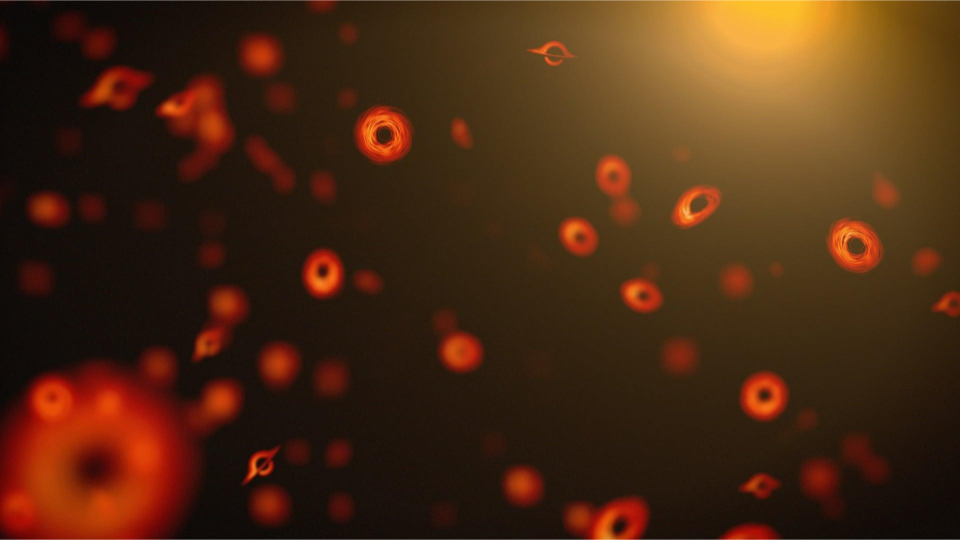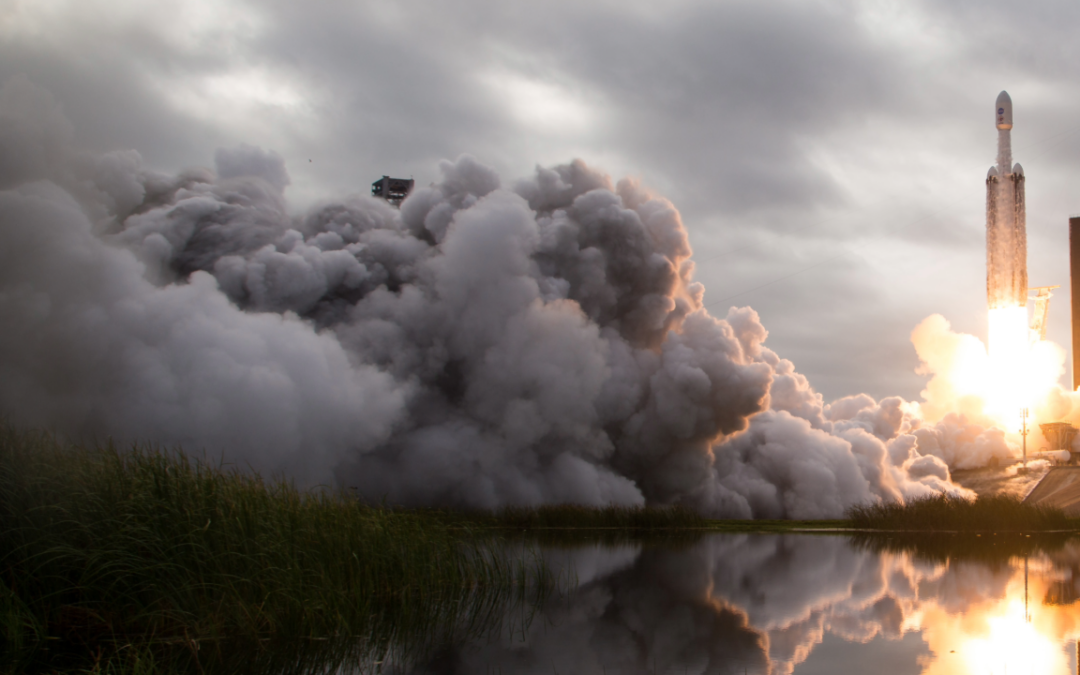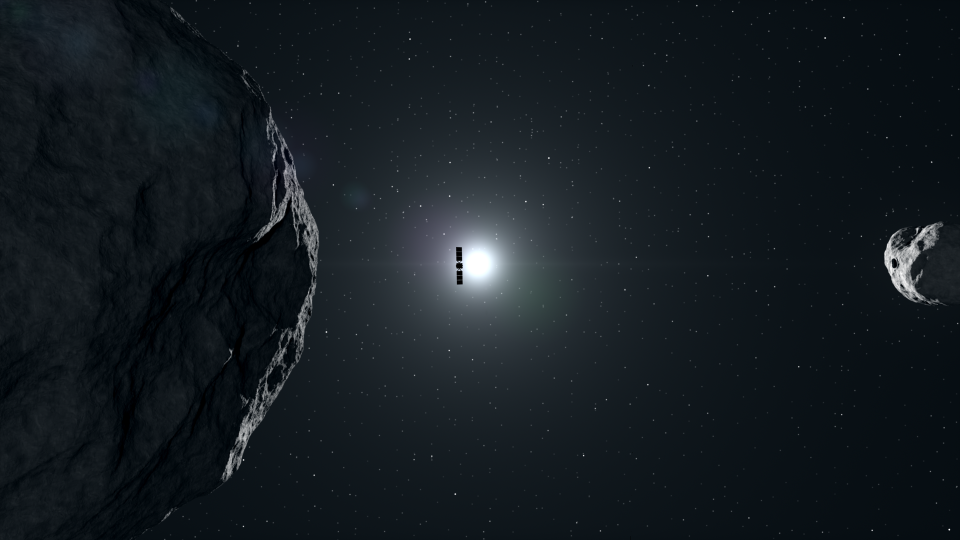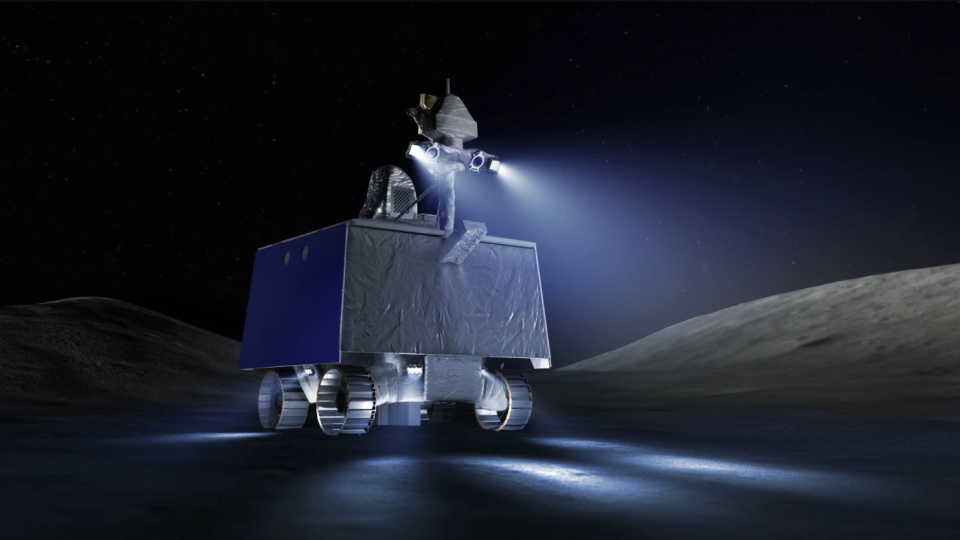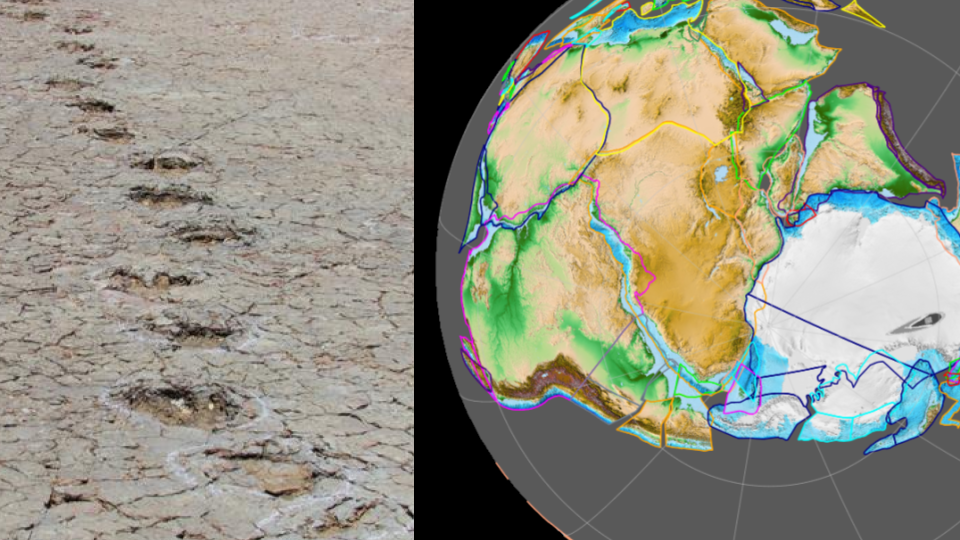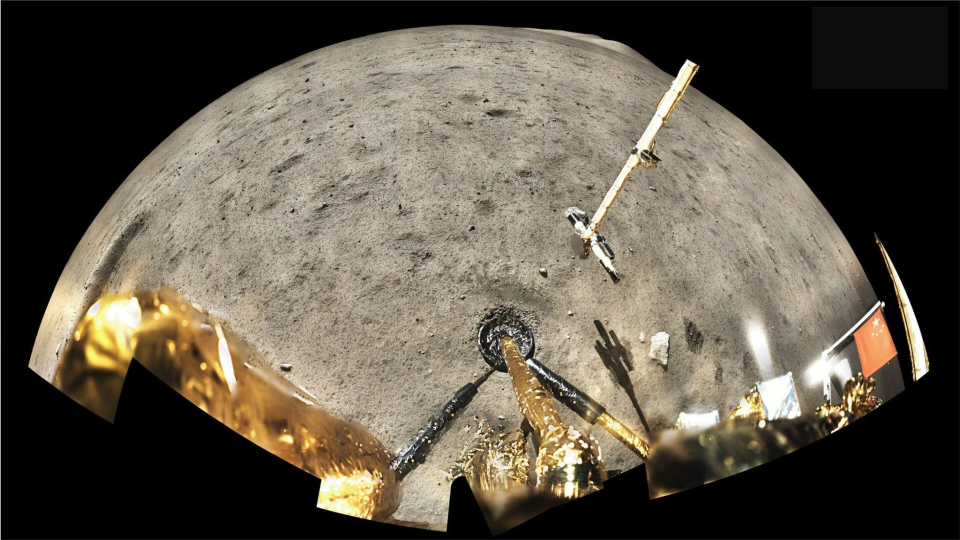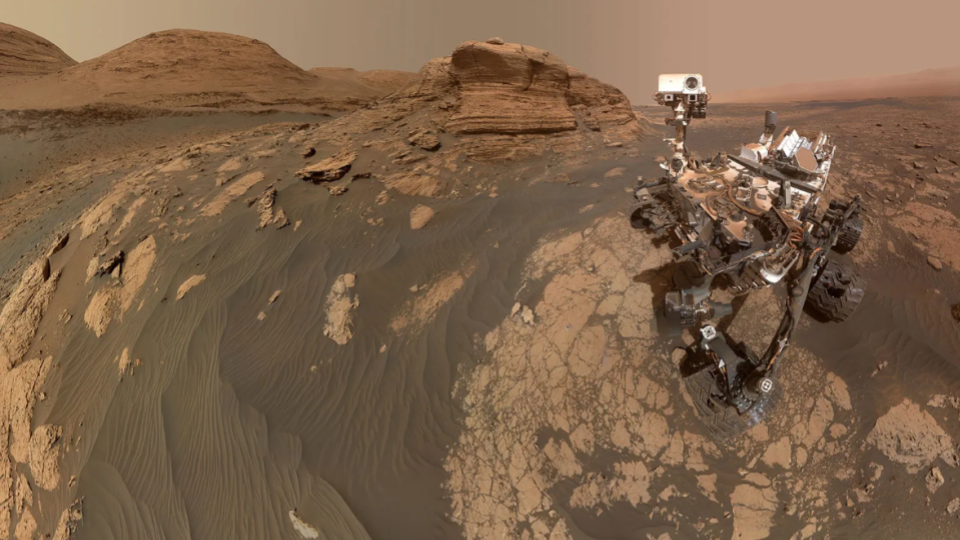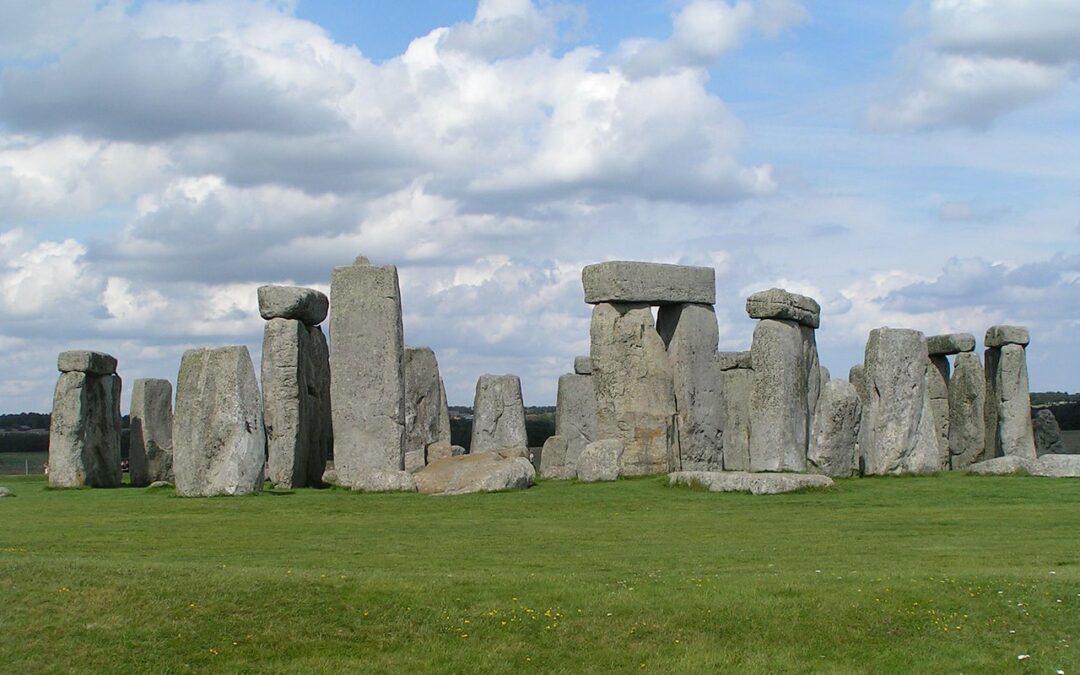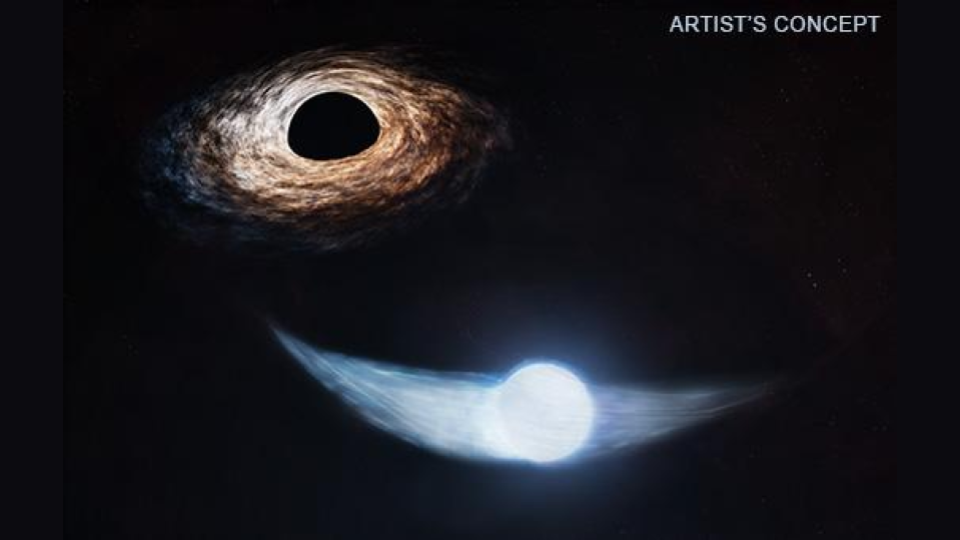The landing page for a new community science platform. Join us at mappers.psi.edu! Back in the spring of 1999, while one part of the internet focused in on still unpatched Y2K bugs, another, often overlapping part of the internet focused in on something much more fun - the search for extraterrestrial life. The BOINC project at U Cal Berkeley had released a new screensaver designed to use computers that would otherwise be sleeping to process radio astronomy data for the kinds of patterns that could indicate alien life. I have to admit, my computer was deeply engaged in processing my...



